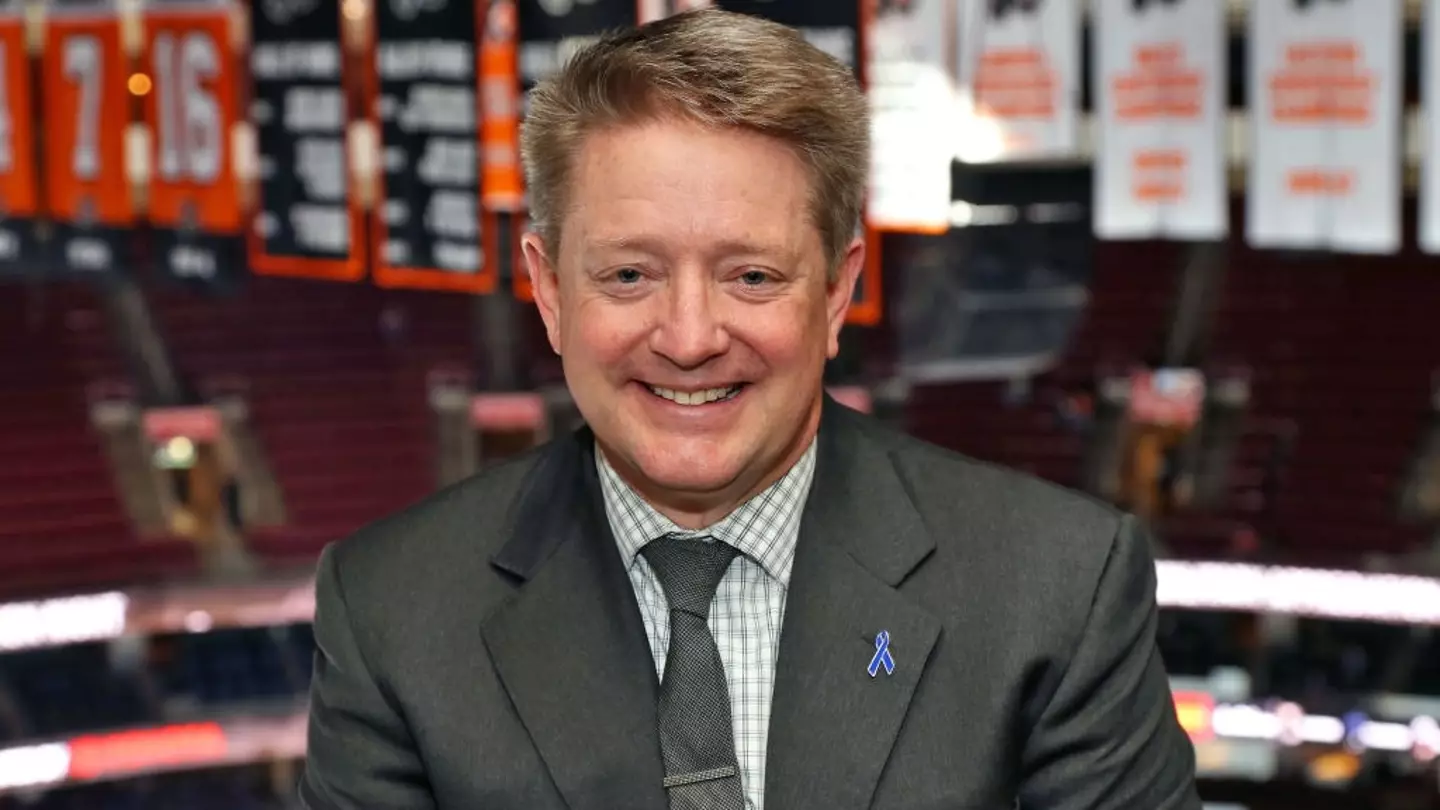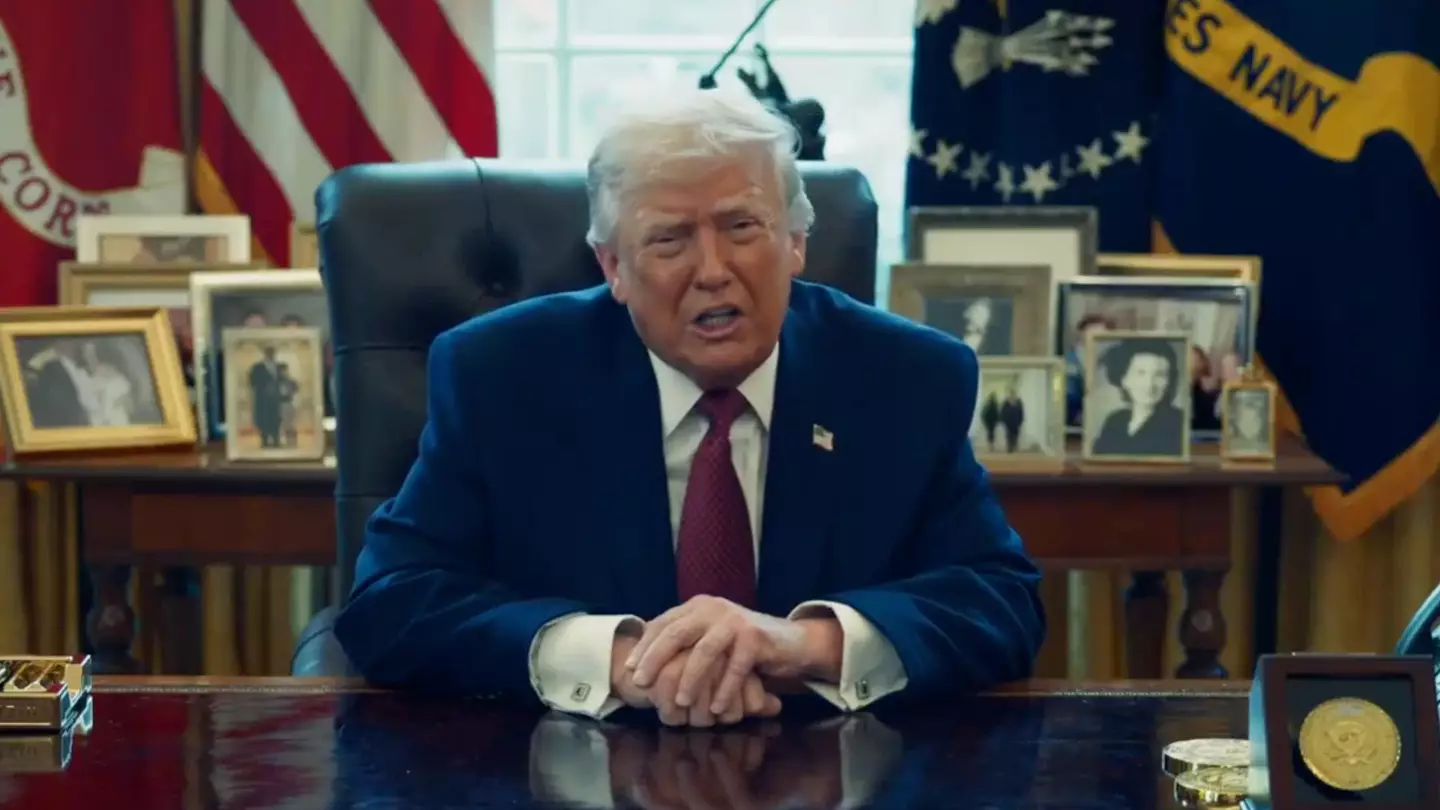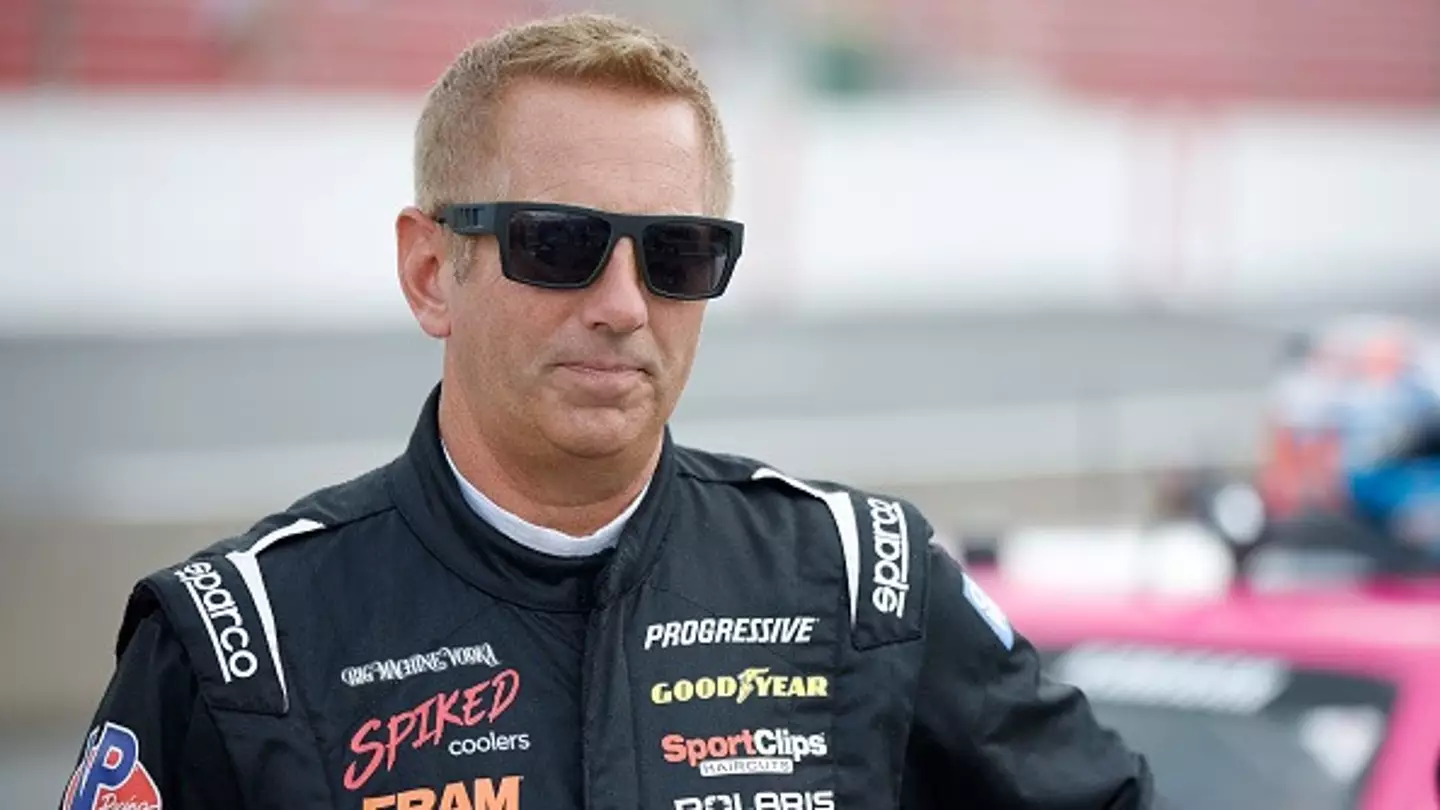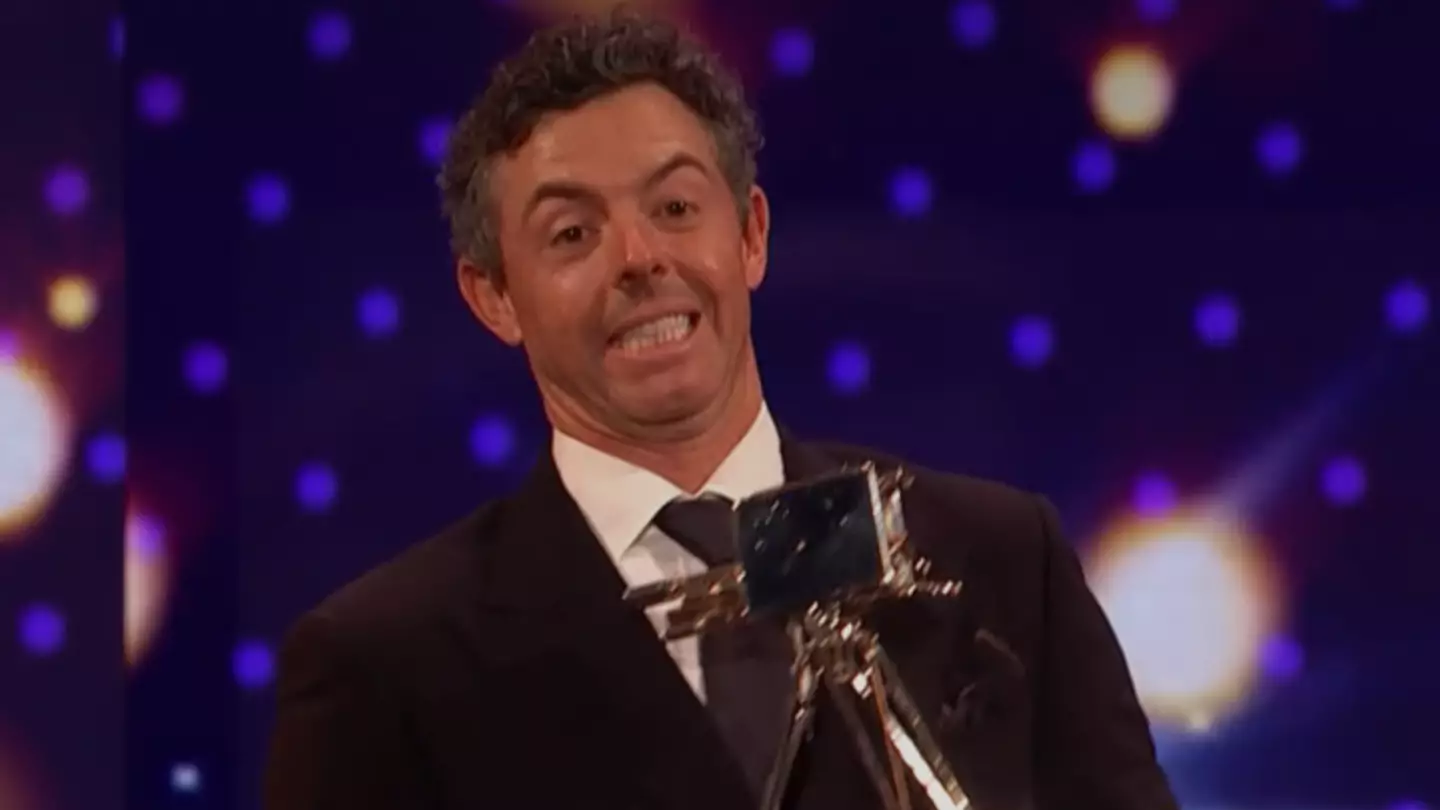
Other


Trump has officially announced the 2026 'Patriot Games'.

Former NASCAR driver Biffle, his wife Cristina and his two children were killed in a plane crash on Thursday.

The historic awards ceremony took place in Salford with a who's who of the sporting world in attendance.